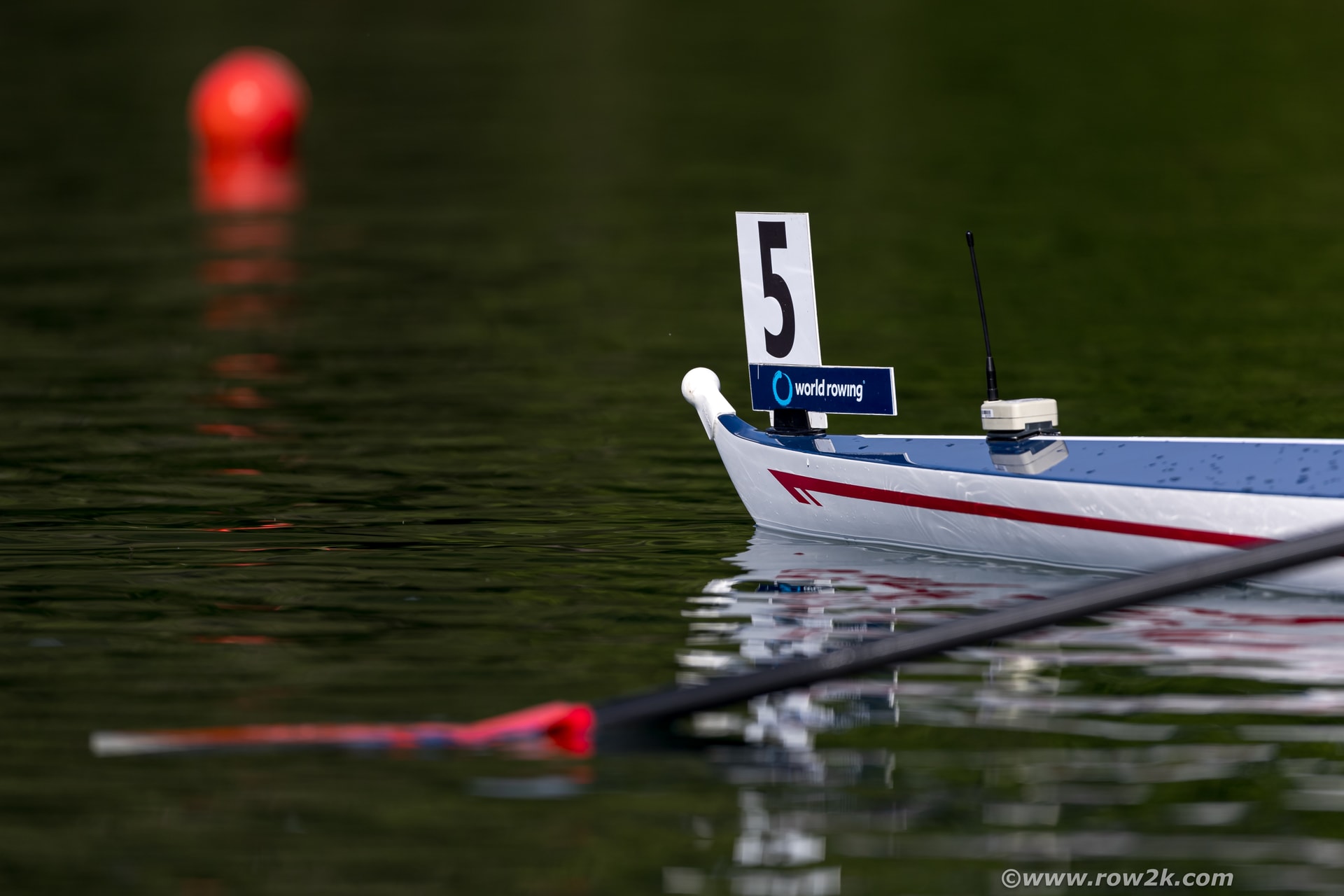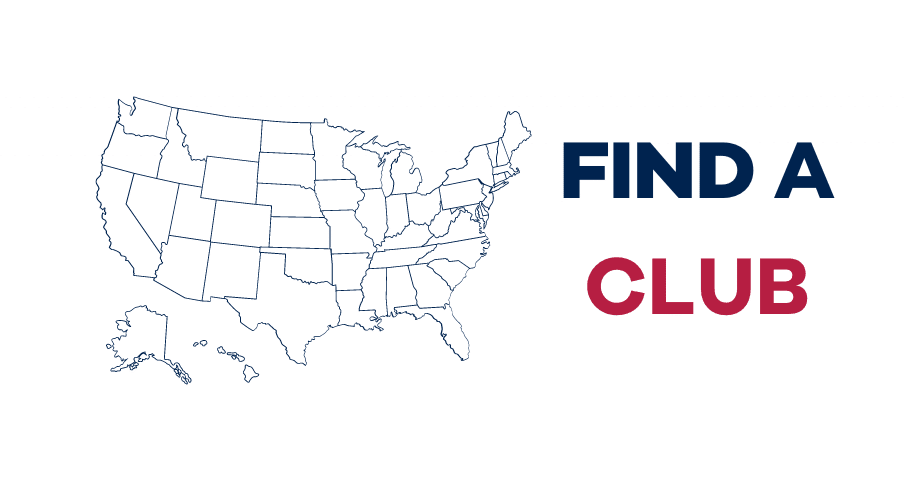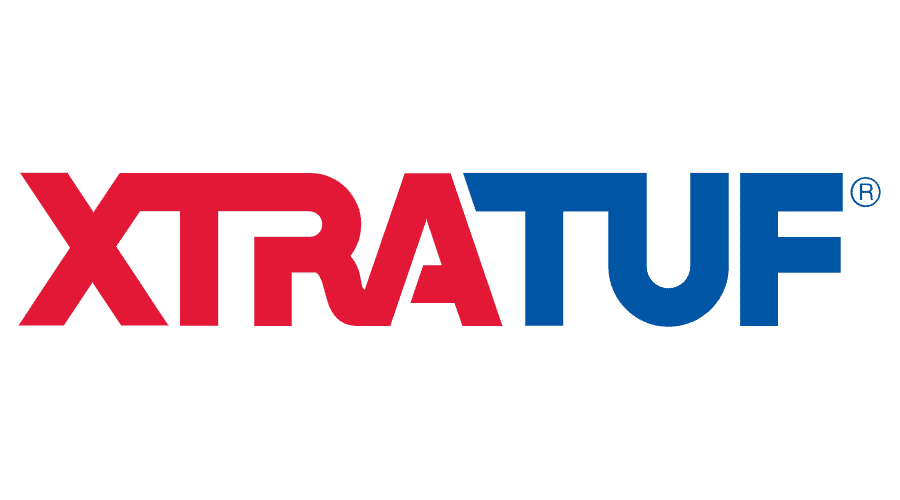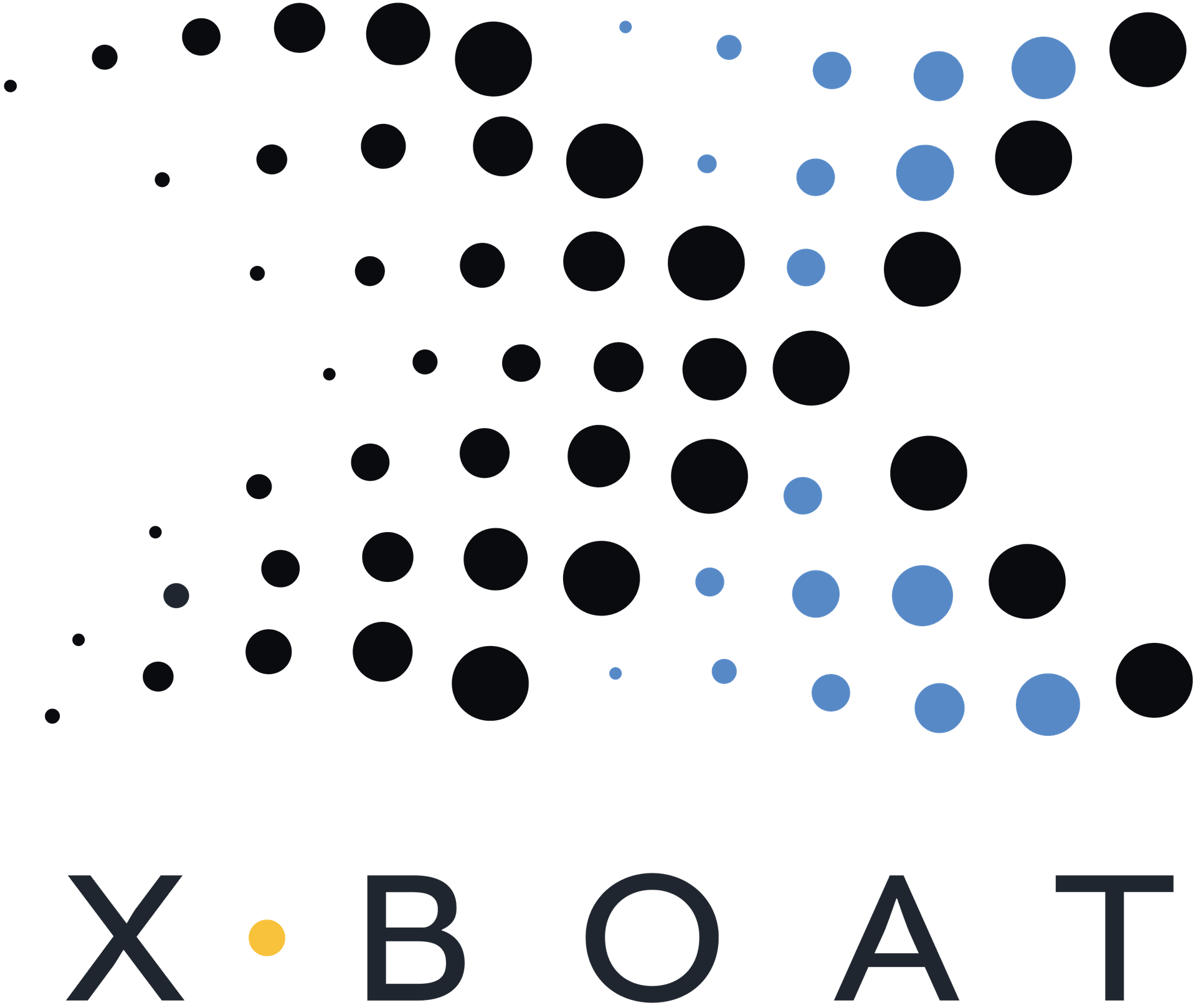Learn About Rowing

Rowing Classifications
Rowing classifications are designed to make a fair and balanced competition and provide an opportunity to a wide range of ages and abilities.
When competing in races, athletes race guided for which events they can enter by different classifications. These include age, weight, physical limitations, and skill and each has rules associated with the classification.
By Age
Classifications by age are meant to provide rowers with an opportunity to compete against their peers. These classifications are usually determined by either an under a certain age category for the juniors or the master’s category. The master’s category is a calculation of the members of their boat and their age.
By Weight
There are two weight categories: lightweight and openweight. Openweight is the main category and the only category raced at the junior level. Lightweight is raced collegiately and internationally.
By Skill
Categories defined by skill are meant to keep the field level to separate novices from experienced rowers and experienced rowers from elite athletes.
Para Rowing
Para rowing is determined by multiple factors and the three categories are determined by the athlete's ability. PR1 are rowers with minimal to no trunk function and primarily use their arms and shoulders to row. PR2 are rowers with functional use of their arms and trunk but have weakness in their legs. PR3 are rowers with function in their legs. This class is open to athletes with visual impairments.
Eligible Impairment Types
Impaired muscle power
Athetosis
Impaired passive range of movement
Hypertonia
Limb deficiency
Ataxia
Vision Impairment

Education
The Launch

Safeguarding
Report a Rowing Safety Incident

Discover























